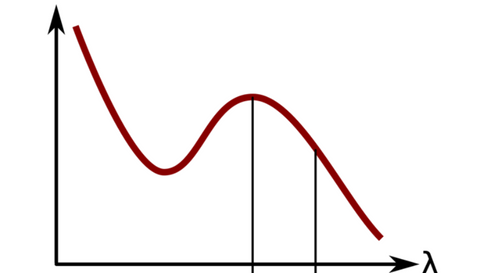Interpreting the OD 260/280 ratio for protein purity

The OD 260/280 ratio is a valuable tool in protein purification; it serves as a guidepost for the purity and composition of a sample. This blog post will talk about the importance of measuring this value throughout the process of purifying proteins.
What does the 260/280 ratio mean?
The OD 260/280 ratio is a measure of sample purity. Nucleic acid contamination in a protein sample should be kept to a minimum, as it can interfere with the activity of nucleic acid-binding proteins like Cas9. Nucleic acids absorb light at 260 nm and proteins absorb at 280 nm. Therefore, a high value indicates the presence of more nucleic acids and a low value indicates the presence of proteins. Loading in as high a salt buffer as possible will help minimize the presence of nucleic acids early on.
What’s the goal ratio?
Protein structure largely affects the 260/280 ratio. Aromatic amino acids such as tryptophan and tyrosine absorb strongly at 280 nm, while other secondary and tertiary structures also impact the wavelength at which the sample absorbs. The sample’s purification buffer can also influence the ratio if it contains components that absorb in the same UV spectrum.

Accounting for these factors, a ratio less than 0.60 is a good indication of pure protein with minimal nucleic acid contamination.
When do I measure the ratio?
Monitoring the 260/280 ratio throughout the protein purification process is important. Initial crude lysate may give a high number like 1.7 because contaminants have yet to be filtered out. The flowthrough may have an even higher ratio because it contains the nucleic acids that have been isolated out of the sample. The eluate should have the lowest ratio because contaminants in the flowthrough have now been removed, leaving behind pure protein. Nucleic acid contamination does not show up on a protein gel, which is why measuring the ratio is essential for an accurate picture of purity.
